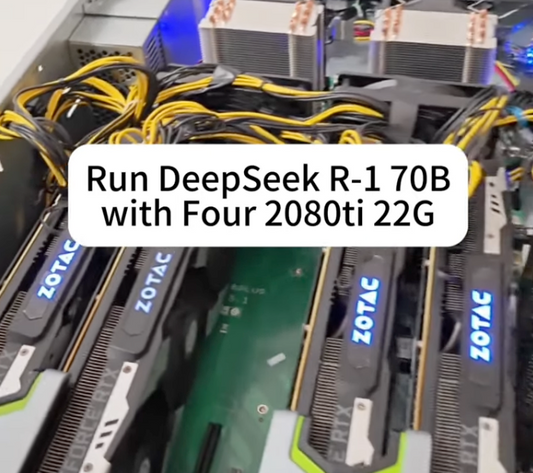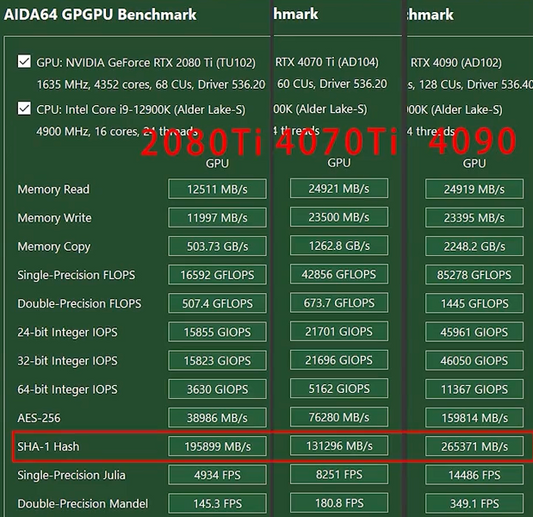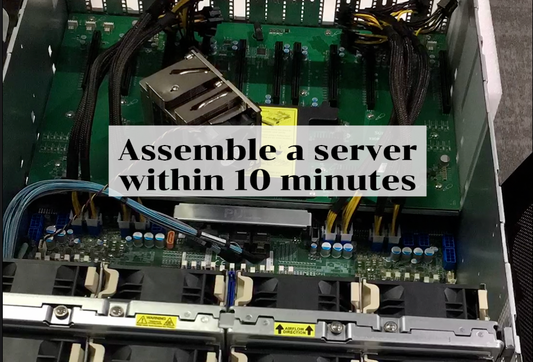How the 22GB VRAM 2080Ti Revolutionizes Stable Diffusion AI Drawing
In the ever-evolving tech world, a surprise offering has recently emerged. A modified NVIDIA RTX 2080Ti graphics card boasting an impressive 22GB of video RAM is capturing the attention of AI enthusiasts and artists alike. Initially equipped with a substantial 11GB of VRAM, this turbocharged version at a price point of just $500 is nothing short of a marvel for AI-driven tasks, especially stable diffusion AI drawing.
Double the Memory, Double the Potential
The RTX 2080Ti was already a powerhouse with its original 11GB of VRAM, but the doubling of memory to 22GB is a game changer. Stable diffusion, a process integral to AI drawing, requires ample video memory to hold and process data without hiccups. More VRAM equates to more breathing room for data-heavy AI operations. But what does this mean practically for AI drawing?Real-World Test: 22GB VRAM in Action
To put this beast to the test, I decided to challenge it with stable diffusion AI drawing at a resolution of 512 by 768 pixels. The results were stunning. Generating a single, intricately detailed picture took a mere 5.4 seconds. That's not just fast, that's blazing.But the real testament to this card's capabilities shines through when pushing it to the limits. Using the card with 22GB of VRAM, I was able to simultaneously generate eight images in just 44 seconds. That's eight complex, high-resolution images in less than a minute.



